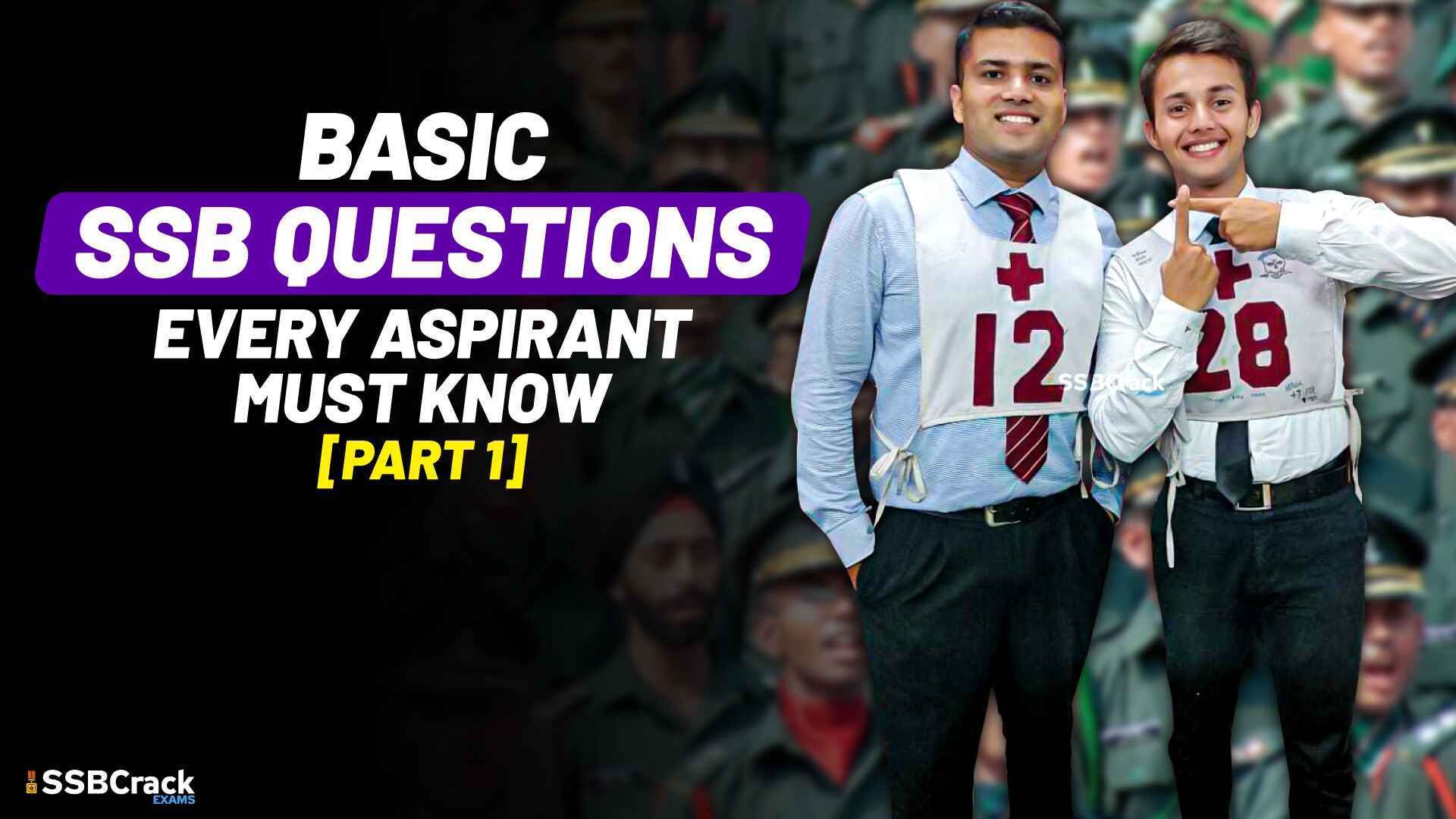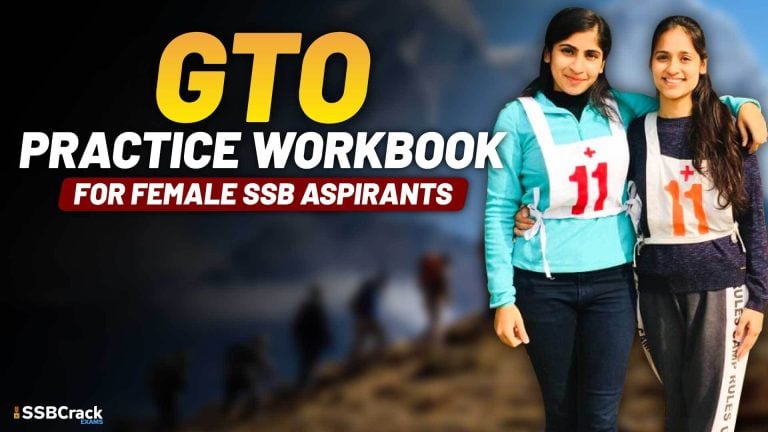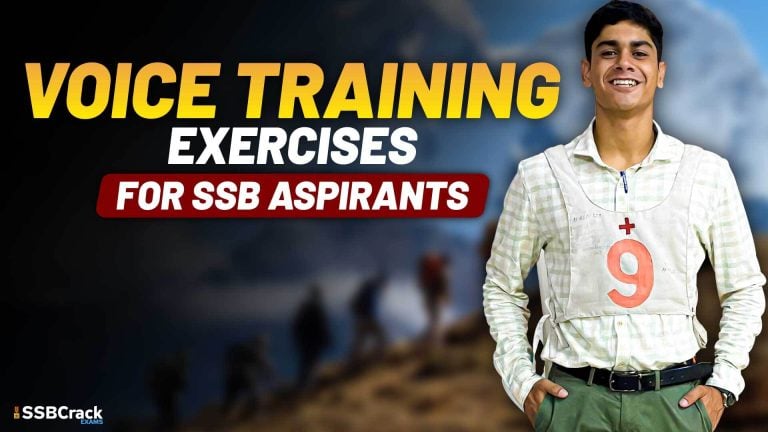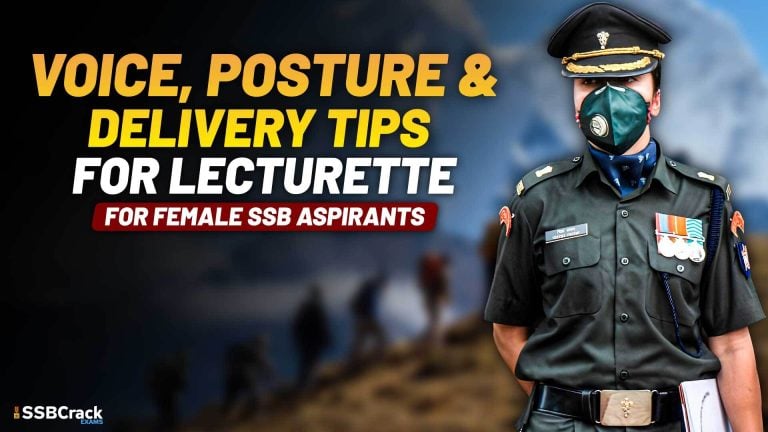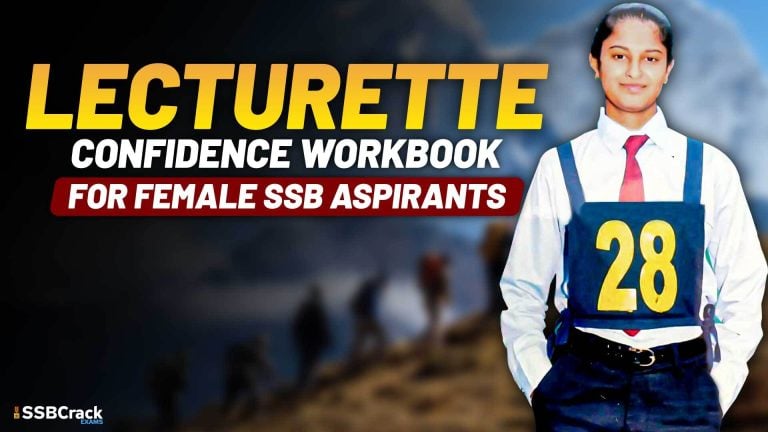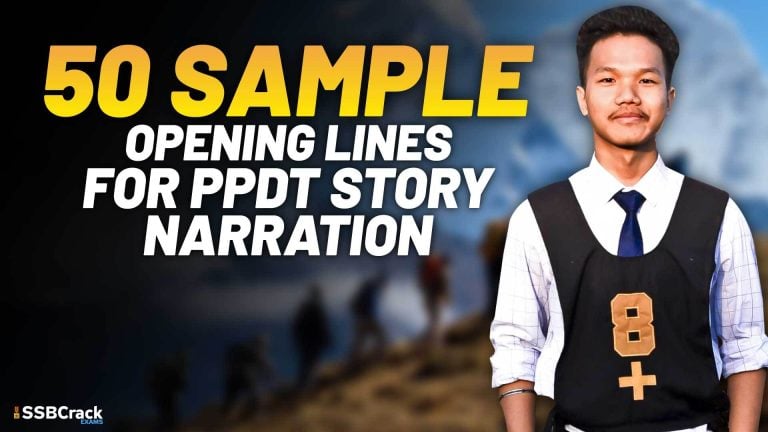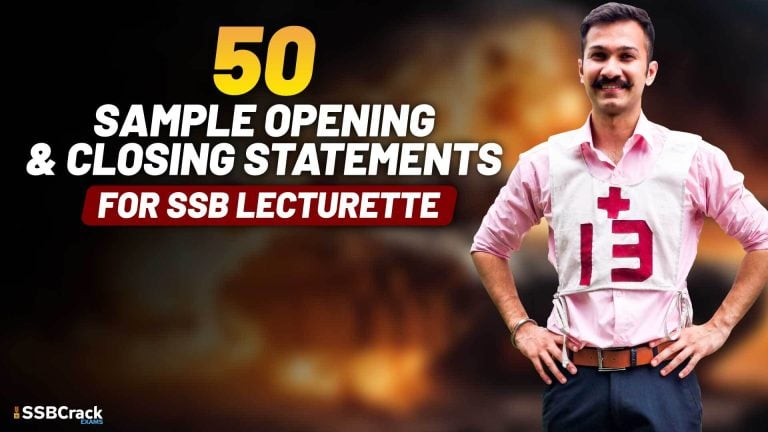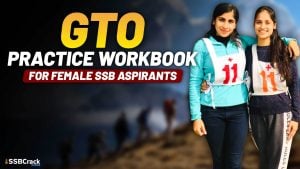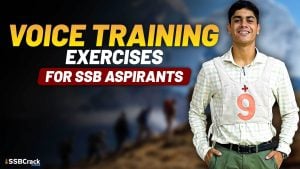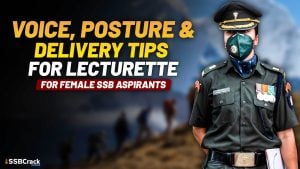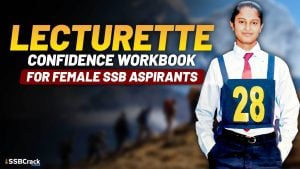The Services Selection Board (SSB) Interview is a pivotal stage in the selection process for candidates aspiring to become officers in the Indian Armed Forces. This comprehensive evaluation assesses a candidate’s suitability for a career in the military, focusing on personality, intelligence, and compatibility with military life. To help you prepare, we’ve compiled a list of 50 essential questions that cover a wide range of topics you might encounter during your SSB interview. Understanding these questions and formulating thoughtful answers will significantly boost your confidence and performance.
- What are the ranks of officers in the Indian army/ navy /airforce? Army: Lieutenant, Captain, Major, Lieutenant Colonel, Colonel, Brigadier, Major General, Lieutenant General, General. Navy: Sub Lieutenant, Lieutenant, Lieutenant Commander, Commander, Captain, Commodore, Rear Admiral, Vice Admiral, Admiral. Air Force: Flying Officer, Flight Lieutenant, Squadron Leader, Wing Commander, Group Captain, Air Commodore, Air Vice Marshal, Air Marshal, Air Chief Marshal.
- How many commands are there in the Indian army? Where are they? There are seven commands in the Indian Army: Northern Command (Udhampur), Western Command (Chandimandir), South Western Command (Jaipur), Southern Command (Pune), Eastern Command (Kolkata), Central Command (Lucknow), and Army Training Command (Shimla).
- What are the arms of the Indian army, name at least 3? Infantry, Armoured Corps, Artillery.
- Which is the primary weapon of the Indian army? INSAS (Indian Small Arms System) rifle was the primary weapon, but it is being replaced by the SIG 716 and AK-203 assault rifles.
- Name the chief of staff of the 3 forces? These positions frequently change; please check current sources for the most up-to-date information.
- How does an aircraft fly? What are the forces acting on it? Aircraft fly by generating lift, overcoming gravity. The four forces acting on an aircraft are lift, gravity (weight), thrust, and drag.
- What type of tanks does the army have? The Indian Army primarily operates the T-90S Bhishma, Arjun MBT, and T-72 Ajeya tanks.
- Tell us about the nuclear submarine of India? INS Arihant is India’s first indigenously built nuclear-powered ballistic missile submarine, part of the Indian Navy’s nuclear triad for strategic deterrence.
- What are the frontline aircraft of the Indian Air Force? Su-30MKI, Mirage 2000, MiG-29, Rafale, and Tejas are among the frontline aircraft.
- How does a ship float? What are the principles involved? A ship floats due to the principle of buoyancy, as stated by Archimedes’ Principle: a body partially or fully immersed in a fluid is buoyed up by a force equal to the weight of the fluid displaced by the body.
- What are the latest procurements for the airforce from the US? India has procured C-17 Globemaster III transport aircraft, P-8I Poseidon maritime surveillance aircraft, and MH-60R Seahawk helicopters.
- Give the ranks of airforce and its equivalent in the army/ Navy? The ranks in the Air Force from lowest to highest and their equivalents in the Army and Navy are as follows: Flying Officer (Army: Lieutenant, Navy: Sub Lieutenant) Flight Lieutenant (Captain, Lieutenant) Squadron Leader (Major, Lieutenant Commander) Wing Commander (Lieutenant Colonel, Commander) Group Captain (Colonel, Captain) Air Commodore (Brigadier, Commodore) Air Vice Marshal (Major General, Rear Admiral) Air Marshal (Lieutenant General, Vice Admiral) Air Chief Marshal (General, Admiral)
- What are some of the important operations of the Indian army? Operation Vijay (Goa Liberation), Operation Blue Star, Operation Vijay (Kargil War), Operation Parakram, and surgical strikes across the Line of Control (LoC).
- What is AFSPA? The Armed Forces (Special Powers) Act (AFSPA) gives armed forces special powers to maintain order in “disturbed areas” within India.
- Tell us about the Indo-Pak Wars? India and Pakistan have fought several wars, notably in 1947, 1965, 1971 (which led to the creation of Bangladesh), and numerous skirmishes including the Kargil conflict in 1999.
- When is the Indian army / navy /airforce day celebrated? Army Day: January 15 Navy Day: December 4 Air Force Day: October 8
- Tell about the AGNI missile Agni missiles are a family of medium to intercontinental range ballistic missiles developed by India, capable of delivering nuclear warheads.
- What is meant by IOR? IOR stands for Indian Ocean Region, strategic to India for security and economic reasons.
- What is G-force? What is its significance to a pilot? G-force refers to the force of gravity or acceleration on a body. For pilots, excessive G-forces can lead to G-LOC (G-induced Loss Of Consciousness) during rapid maneuvers.
- What are some of the mountain ranges in India? Himalayas, Aravallis, Western Ghats, Eastern Ghats.
- Tell us about Siachen Glacier. Siachen Glacier, in the eastern Karakoram range in the Himalayas, is known as the highest battlefield on Earth, contested by India and Pakistan.
- What are the farthest places in India in the 4 directions? North: Siachen Glacier South: Indira Point, Andaman and Nicobar Islands East: Kibithoo, Arunachal Pradesh West: Guhar Moti, Gujarat
- State Bernoulli’s equation?
- What types of aircraft are used by the airforce? Fighters, transporters, trainers, helicopters, and unmanned aerial vehicles (UAVs).
- State Archimedes’s principle and its significance to the navy. Archimedes’ Principle states that the upward buoyant force exerted on a body immersed in a fluid, whether fully or partially submerged, is equal to the weight of the fluid that the body displaces. It’s fundamental for designing ships and submarines to ensure they float and can navigate properly.
Conclusion
These questions span a broad range of topics, from personal background and motivations to technical knowledge and ethical considerations, reflecting the diverse aspects evaluated during the SSB interview process. Remember, the key to success is not just knowing the right answers but understanding yourself, staying informed, and being able to communicate your thoughts clearly and confidently. Good luck with your preparation and future endeavors in joining the esteemed ranks of the Indian Armed Forces.
